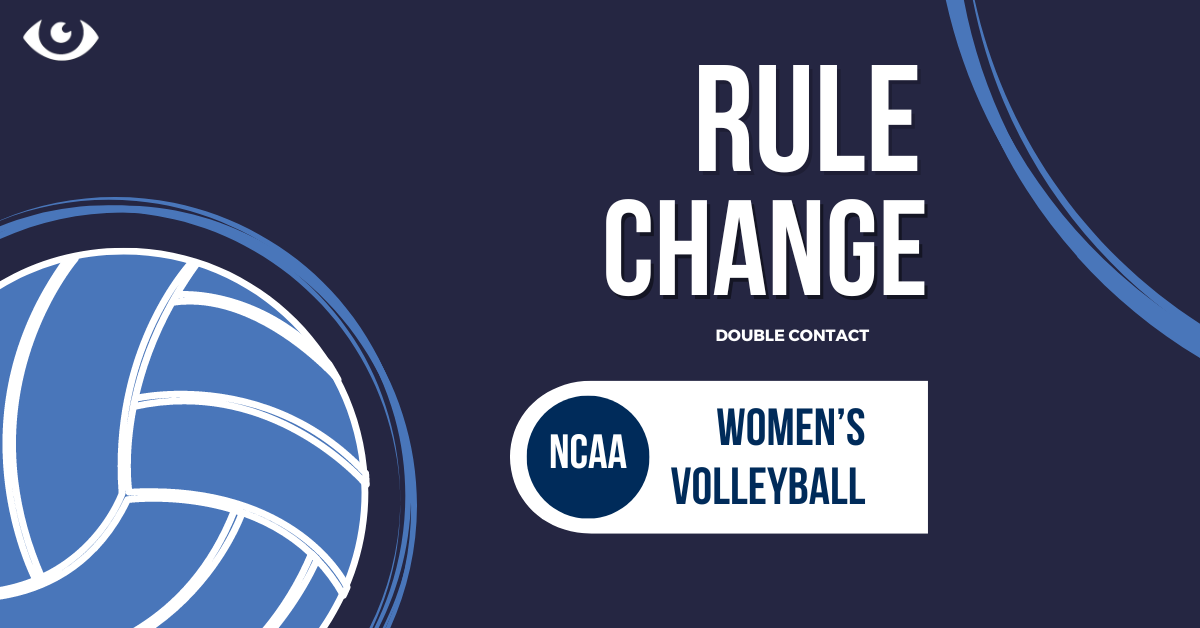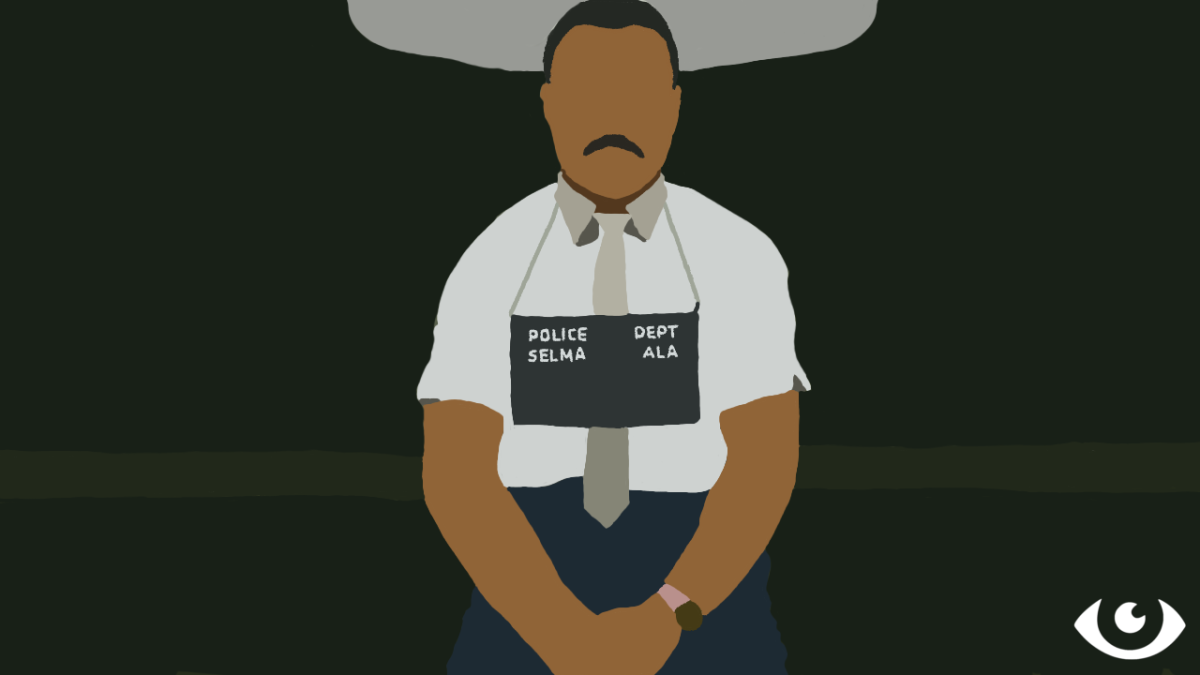As the class of 2018 is preparing their college applications, seniors are worrying about how they will afford college. Their worries are justified. While family incomes remain stagnant, college costs (including tuition and expenses for housing, food, transportation, books and so on) are rising faster than financial aid. Additionally, over the past 20 years, average tuition and fees at private universities have soared a staggering 157 percent, out-of-state tuition and fees at public universities have climbed 194 percent and in-state tuition and fees at public universities have risen the most with a shocking 237 percent.
Benefits of college
The benefits of a college education are numerous. Students are able to make lifelong friends from diverse backgrounds. Many colleges have students from all 50 states as well as multiple countries. These help students make valuable connections to help them later in their careers (such as professors and other mentors). They will also have freedom to explore a variety of options for college majors and career paths. This will help them take advantage of unique opportunities. These include internships, research, hundreds of student organizations and the ability to study abroad. These benefits help students become more enlightened members of society.
After graduation, a college degree will ensure life-long career benefits. Data collected in April 2017 by the United States Department of Labor indicates that adults ages 25 and over with a high school diploma had a 5.2 percent unemployment rate. Those with a bachelor’s degree had a 2.7 percent unemployment rate. Those with doctoral and professional degrees both had 1.6 percent unemployment rates.
The Department of Labor also reported that the median usual weekly earnings for those with a high school diploma was $692, while those with a professional degree earned $1745. This indicates that people who earned a college degree earned nearly twice as much as those with merely a high school diploma. Additionally, according to Pew Research Center, a staggering 21.8 percent of high school graduates are living in poverty.
A college education leads to better job prospects and a potentially higher quality of life. Still, it is reasonable to question whether a college education is worth the escalating tuitions and debts of college graduates. Do these benefits outweigh the financial burden of four or more years of college?
Inequality in American colleges
At 38 colleges in America, more students come from the top one percent of the income scale than the bottom 20 percent, according to a New York Times article. A large portion of students living in the bottom 20 percent do not attend college at all.
This heavily suggests that most college students, especially those attending top, highly-ranked universities, hail from families with the money and resources to get their children admitted.
This is unfair. Everyone deserves the right to earn a college degree. It should not matter what background they come from or how much their parents are able to pay. The benefits of college should not be only for those who can afford to pay thousands of dollars every year. If a college admits a student with high academic achievements, the student should be able to go. People should not suffer from lower job prospects solely because their parents struggled to pay for college.
Many low-income and moderate-income students do not have the parental support, private ACT/SAT tutoring and expensive summer programs that their upper-class peers do. Oftentimes, they must balance their extracurriculars with a part-time job. They must work even harder to rise to the top of their graduating class. However, colleges do not always reward their efforts.
A large portion of prestigious private universities, including the Ivy League colleges, meet 100 percent financial need (meaning that they will use a combination of grants, scholarships, work-study, and/or loans to fill the gap between the cost of attendance and what the family can contribute). The extensive marketing of programs such as Questbridge make low-income students aware of this fact. This makes college easily affordable for thousands of bright students every year.
Many of these colleges also have the lowest admissions rates in the country. Therefore, those who do not get admitted must attend in-state or public universities that are extremely stingy with financial aid and do not meet 100 percent financial need. Underprivileged students often have to drop out of these specific colleges because they cannot pay tuition for all four years. Many colleges do have selective merit scholarships that evaluate class rank, GPA, test scores and extracurriculars. However, some of these criteria are harder to meet without the resources and support that upper-class students possess.
If college was free, it would change the lives of millions of students. More students would be able to graduate college with a degree. They would not have to drop out because of their inability to pay.
Some argue that the American public would have to pay higher taxes to compensate for the free tuition. However, there are also other alternatives; for example, if the government provides billions of dollars of subsidies to the oil and gas industries, as well as Wall Street, it can help pay for public higher education.
What you can do about it
This is an issue that concerns many high school students. If you are interested in joining the movement for free education, the first step you can take is writing a letter to your local representative about your concerns (find your House representative here). The quickest and most direct way to contact them is through email or a contact form found on their website. You can raise awareness about the importance of this issue directly to those who work in the government and let them know that something needs to be done.




